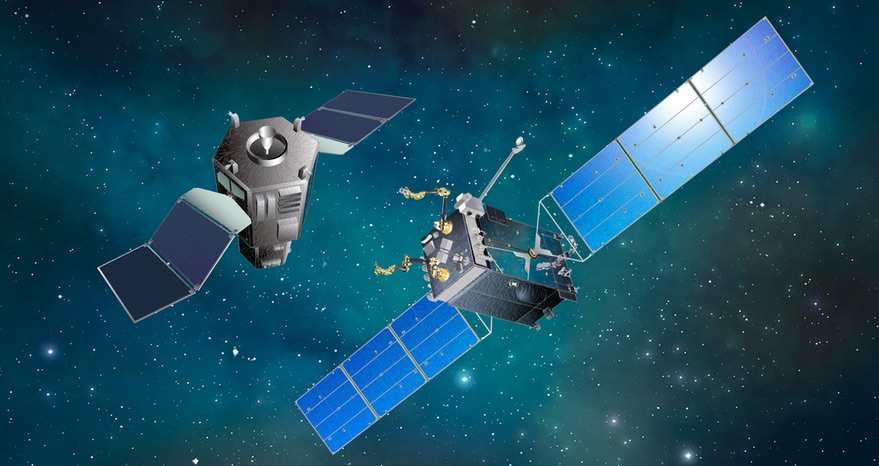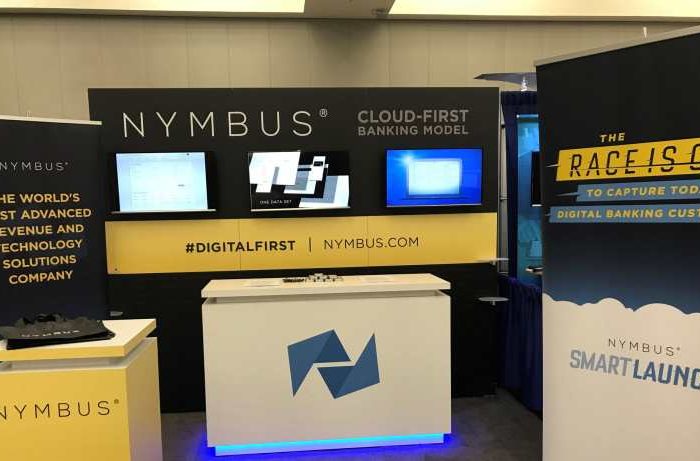Low orbiting satellites for broadband internet service face challenges amid funding concerns and competition

In the last two years, we’ve written several stories about Facebook’s mission to make broadband internet available to rural communities in third world countries. In February 2019, Facebook partnered with Telefonica and other companies, to extend rural connectivity and bring internet access to more people. In September 2019, Facebook partnered with Hughes Network Systems to launch a satellite-enabled Wi-Fi hotspot service in Colombia using Facebook Express Wi-Fi software platform.
Facebook is not the only tech company working to bring internet to poor countries. Space startup OneWeb is another company on a mission to address the most demanding global connectivity challenges. In February 2019, OneWeb successfully launched its first high-speed satellites into orbit. However, OneWeb faces competitions not from Facebook, but from other makers of small satellites, such as Nevada-based Sierra Nevada Corp. and Britain’s Surrey Satellite Technology Ltd.
Currently, Low Earth Orbiting (LEO) satellites are being positioned as a solution to bridge the digital divide, as they will be able to reach remote parts of the country, promising fiber-like data speeds. Amazon and SpaceX, two of the leading LEO satellite operators, are among the key proponents.
A new report from CoBank’s Knowledge Exchange division examines the feasibility of LEO satellite broadband networks and what business model is best positioned for success. The report identifies significant headwinds the industry will contend with before its full potential might be realized.
“Globally, there’s a very large market that’s gone untapped as nearly 4 billion people don’t use the internet, with lack of access being the biggest factor,” said Jeff Johnston, lead communications economist with CoBank. “There’s reason for optimism that LEO satellites can deliver on their broadband promise, but the path to commercial viability is littered with uncertainty and challenges.”
Satellite research and analytics firm Quilty Analytics has a bearish view on venture capital-backed satellite companies in light of COVID-19. Out of the six space sectors the firm believes are most vulnerable, it cited the LEO segment as having the highest risk. Access to private funding is critical to develop the technology and network ecosystem.
The space industry is concerned about the theoretical scenario, called the Kessler syndrome, whereby the density of LEO satellites is high enough that collisions between them generate space debris that increase the likelihood of further collisions.
Competition in the broadband market represents another challenge. Being able to penetrate the urban and suburban markets is probably an important consideration for the LEO satellite broadband business case, but this will not be easy. Incumbent broadband networks are highly motivated to maintain their market share.
The Federal Communications Commission (FCC) has displayed skepticism and plans to limit satellite operators to lower speed and higher latency tiers in the upcoming Rural Digital Opportunity Fund (RDOF) reverse auction. This is a setback for the industry as it suggests the FCC is unconvinced that LEO satellite operators will deliver on their speed and latency claims.
Amazon has yet to share much detail regarding its LEO satellite ambitions. But Johnston said if there is a market for LEO satellite broadband networks, Amazon is currently in the best position to succeed.
“Unlike firms that rely on venture capital for funding, access to capital is not an issue for Amazon,” he said. “As Amazon branches out beyond its core internet business, bundling satellite internet with other services could offer value and be a differentiator.”
In the enterprise market, satellite broadband could be bundled with Amazon Web Services. A connectivity and cloud offering would be an attractive bundle, especially in rural markets where cloud adoption is low. On the consumer side, Amazon has several services it could bundle.
“Cable operators have demonstrated that bundling can help new entrants take market share,” added Johnston. “We believe the market could have a similar response to an Amazon bundle that includes satellite broadband. But a market for LEO satellite broadband network would need to develop first.”
The full report, “LEO Satellite Broadband Expectations Need to Come Back to Earth,” is available on cobank.com.
CoBank is a $158 billion cooperative bank serving vital industries across rural America. The bank provides loans, leases, export financing and other financial services to agribusinesses and rural power, water and communications providers in all 50 states. The bank also provides wholesale loans and other financial services to affiliated Farm Credit associations serving more than 70,000 farmers, ranchers and other rural borrowers in 23 states around the country.

